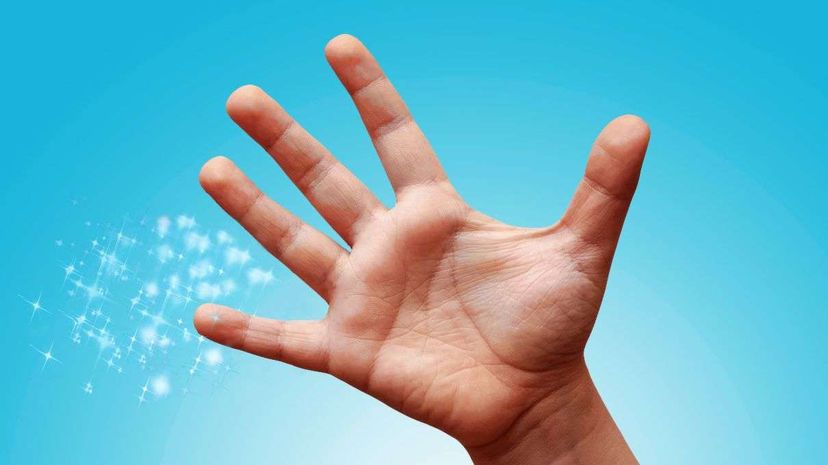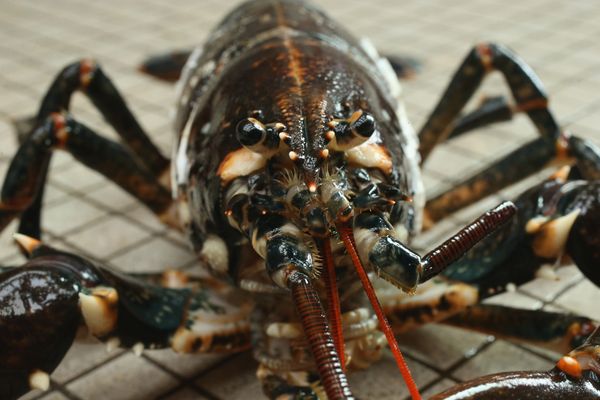
We've all been there: You're careless while chopping carrots. You find your hand on the wrong side of the Honda door. While a lot of these incidents are nothing more than bloody and painful close calls, hand (and wrist) injuries made up 11.3 percent of all U.S. emergency room visits, according to the Centers for Disease Control and Prevention. Some of these injuries are graver and result in a fingertip being totally liberated from its fellow digits. Usually, that means it's gone forever.
But here's something weird: In children, a fingertip can grow back. Not always, but it happens. Take a 7-year-old girl that Dr. Christopher Allan recalls in an article on the University of Washington's HSNewBeat. The girl lost her fingertip after putting her finger in the spokes of her brother's bicycle. The doctors opted to stick it back on. Eight weeks later, the injured fingertip had died, and a new one had materialized. Crazy, right? The same thing doesn't happen with adults, and figuring out why not could be the key to understanding how to regenerate lost limbs.
Advertisement
Scientists have discovered that adult humans do have cells in their fingers that have the ability to regenerate tissue, if activated correctly. That means researchers need to figure out what differentiates these cells in children and adults. Do children simply have more of these cells? Are they activated differently?
Scientists are working with zebrafish (a regenerative wonder) and mice cells to determine if environmental factors help or hinder mammalian cell regeneration. But it's not just the cells and process that needs to be determined. Regenerating cells have to be given a fighting chance during the healing process, and one way to do that is to make the healing environment healthy and optimal for cell growth and function.
Enter the REHEAL Glove. It's a bioengineered glove that uses negative pressure to keep fluids out of a wound, and can deliver medications. It's also transparent and flexible; the wounded hand doesn't have to be immobilized and can be monitored without painful changing.
While there are still handfuls of questions, scientists are slowly building a comprehensive treatment plan for how to regrow tissue and bone most effectively, which might just lead to breakthroughs about cell regeneration in general.
Advertisement
